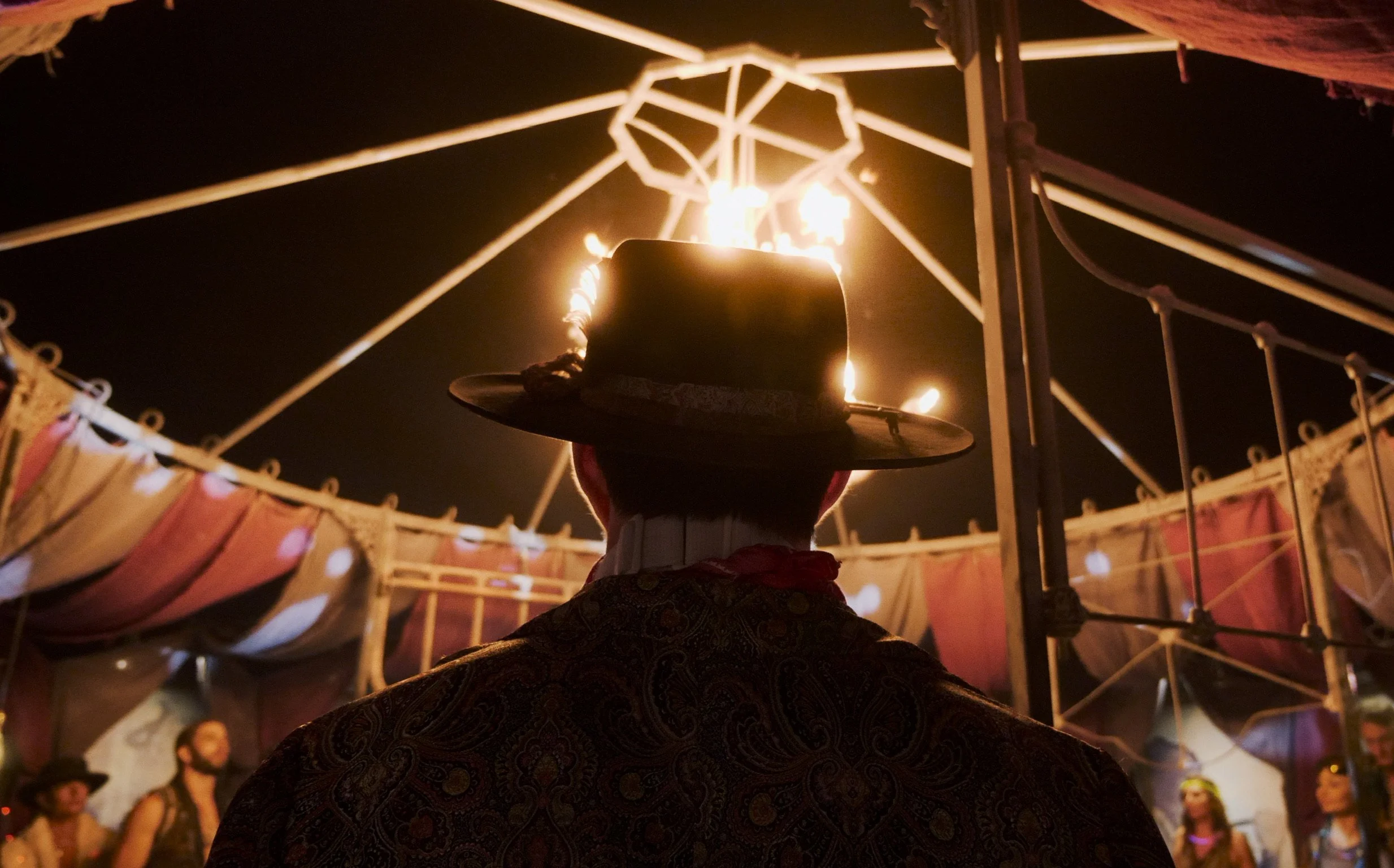The Rise of Streaming Services: How Netflix, Disney+, and Others are Shaping the Future of Film
In recent years, the entertainment landscape has undergone a seismic shift with the rise of streaming services. Platforms like Netflix, Disney+, Hulu, Amazon Prime Video, and others have revolutionized the way we consume content, offering unprecedented access to a vast array of films and TV shows at the click of a button. In this blog post, we'll explore how these streaming giants are reshaping the future of film and the broader implications for the industry.
The Streaming Revolution
The advent of streaming services has fundamentally altered the way audiences engage with cinema. Gone are the days of waiting for a film to be released in theaters or purchasing physical copies—now, subscribers can instantly stream movies from the comfort of their own homes. This level of convenience and accessibility has democratized the viewing experience, allowing people to consume content on their own terms, whenever and wherever they choose.
Netflix: The Disruptor
Netflix, in particular, has been a driving force behind the streaming revolution. Originally founded as a DVD rental service in 1997, the company pivoted to streaming in the mid-2000s and quickly became a dominant player in the industry. With its vast library of original content and licensing deals with major studios, Netflix has revolutionized the way films are produced, distributed, and consumed. The streaming giant's algorithm-driven recommendation system has also played a significant role in shaping viewing habits and preferences.
Disney+: The Power of Franchises
In 2019, Disney launched its own streaming service, Disney+, which has since become a formidable competitor to Netflix. With its extensive catalog of beloved franchises like Star Wars, Marvel, and Pixar, Disney+ has quickly amassed a loyal subscriber base. The platform's success underscores the enduring popularity of branded content and the importance of intellectual property in the streaming era. Moreover, Disney's decision to release some of its biggest blockbusters directly on Disney+ has signaled a major shift in the industry's distribution model.
The Fragmentation of Content
While the rise of streaming services has undoubtedly increased choice and convenience for consumers, it has also led to a fragmented content landscape. With each major studio launching its own streaming platform, audiences now face the dilemma of subscribing to multiple services to access their favorite films and shows. This fragmentation has raised concerns about subscription fatigue and the potential for content exclusivity to limit consumer choice. Moreover, the proliferation of streaming platforms has created a highly competitive market, with each service vying for subscribers' attention and loyalty.
The Impact on Filmmaking
The rise of streaming services has had a profound impact on the filmmaking process itself. With platforms like Netflix, Amazon Studios, and Hulu investing heavily in original content, filmmakers have more opportunities than ever to bring their stories to life. This has led to a democratization of filmmaking, with emerging talent gaining access to funding and distribution channels that were previously out of reach. Moreover, the shift towards streaming has encouraged experimentation and innovation in storytelling, as filmmakers are no longer constrained by the traditional studio system.
Challenges and Opportunities
While streaming services offer unprecedented opportunities for filmmakers and audiences alike, they also pose significant challenges for the traditional film industry. The dominance of streaming platforms has disrupted the theatrical exhibition model, leading to debates about release windows, revenue sharing, and the future of cinema. Additionally, concerns have been raised about the impact of streaming on the art of filmmaking, with some arguing that the emphasis on algorithm-driven content recommendation algorithms could stifle creativity and diversity. Moreover, the rise of streaming has raised questions about the sustainability of independent cinema, as smaller filmmakers struggle to compete with the resources and reach of streaming giants.
Looking Ahead
As streaming services continue to reshape the landscape of film and television, it's clear that the industry is at a crossroads. The rise of platforms like Netflix, Disney+, and others has democratized access to content, empowered filmmakers, and transformed the way stories are told and consumed. However, it has also raised important questions about the future of cinema, the role of theatrical exhibition, and the need for diversity and inclusivity in storytelling. As technology continues to evolve and consumer habits change, the challenge for filmmakers and industry stakeholders will be to adapt to this new paradigm while preserving the artistry and diversity that make cinema such a powerful medium.
Conclusion
The rise of streaming services represents a seismic shift in the entertainment industry, with far-reaching implications for filmmakers, studios, and audiences alike. While the future of cinema may be uncertain, one thing is clear: streaming services are here to stay. As technology continues to evolve and consumer habits change, the challenge for filmmakers and industry stakeholders will be to adapt to this new paradigm while preserving the artistry and diversity that make cinema such a powerful medium. By embracing the opportunities afforded by streaming platforms and championing diverse voices and stories, the film industry can continue to thrive in the digital age.

